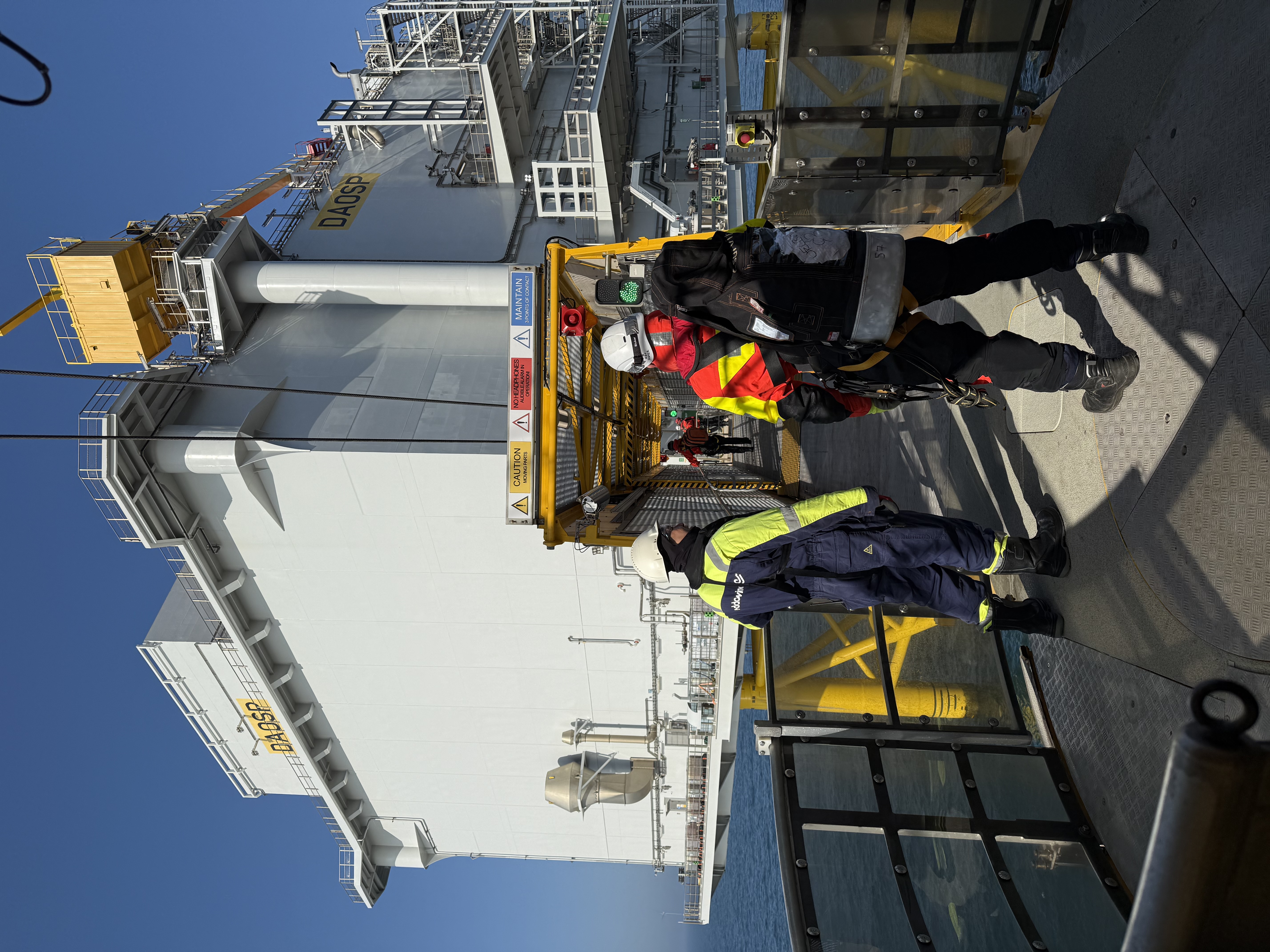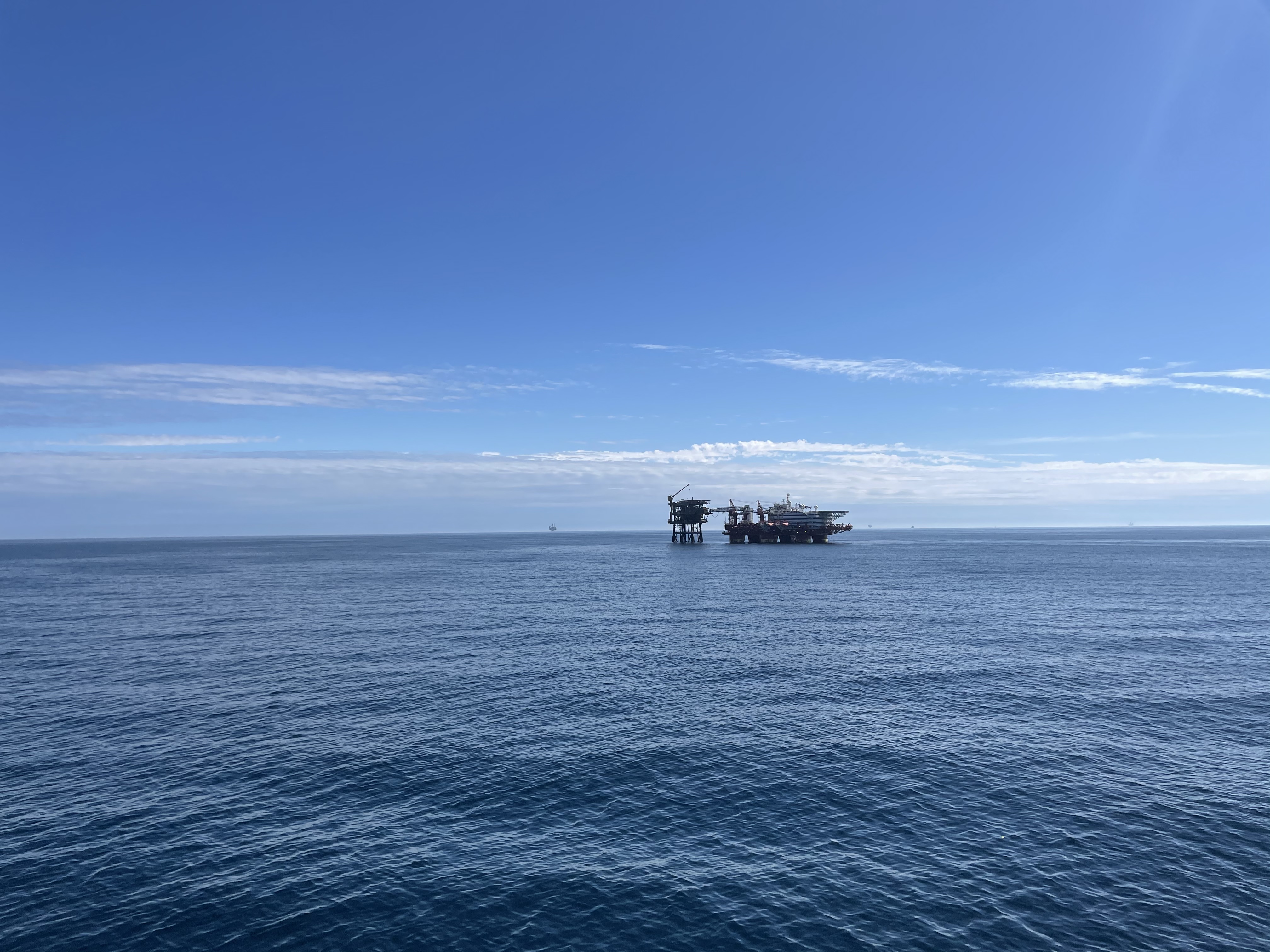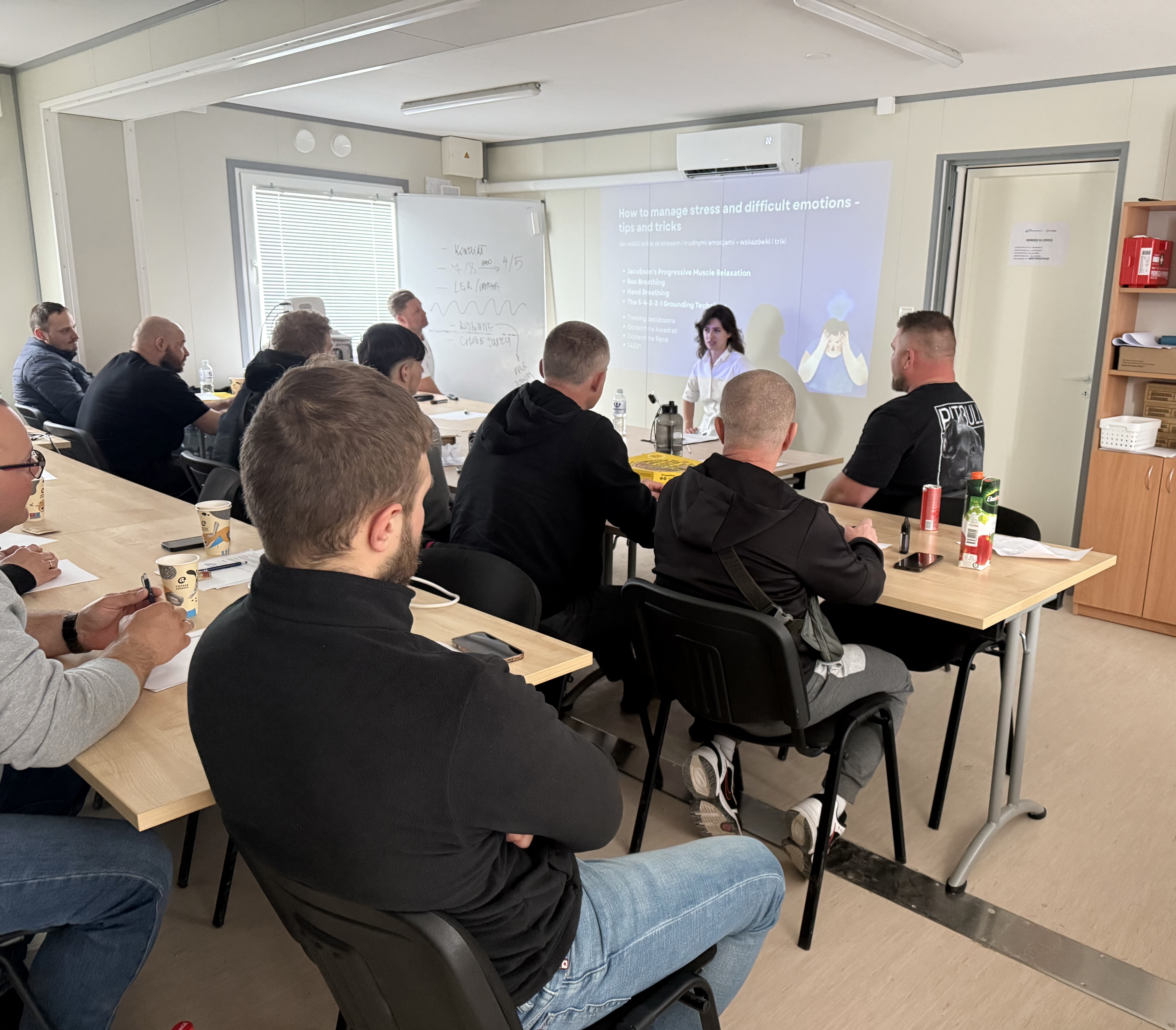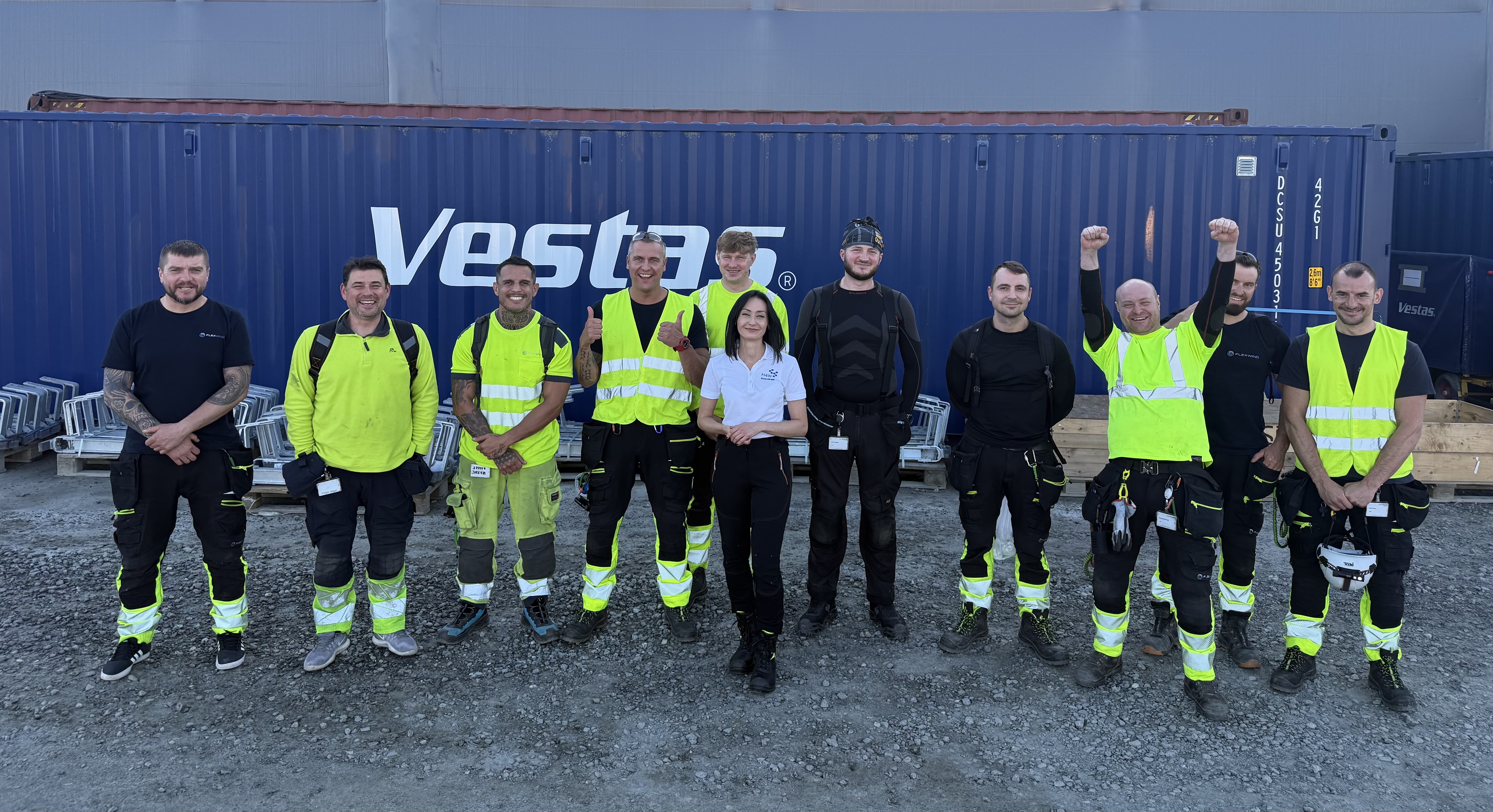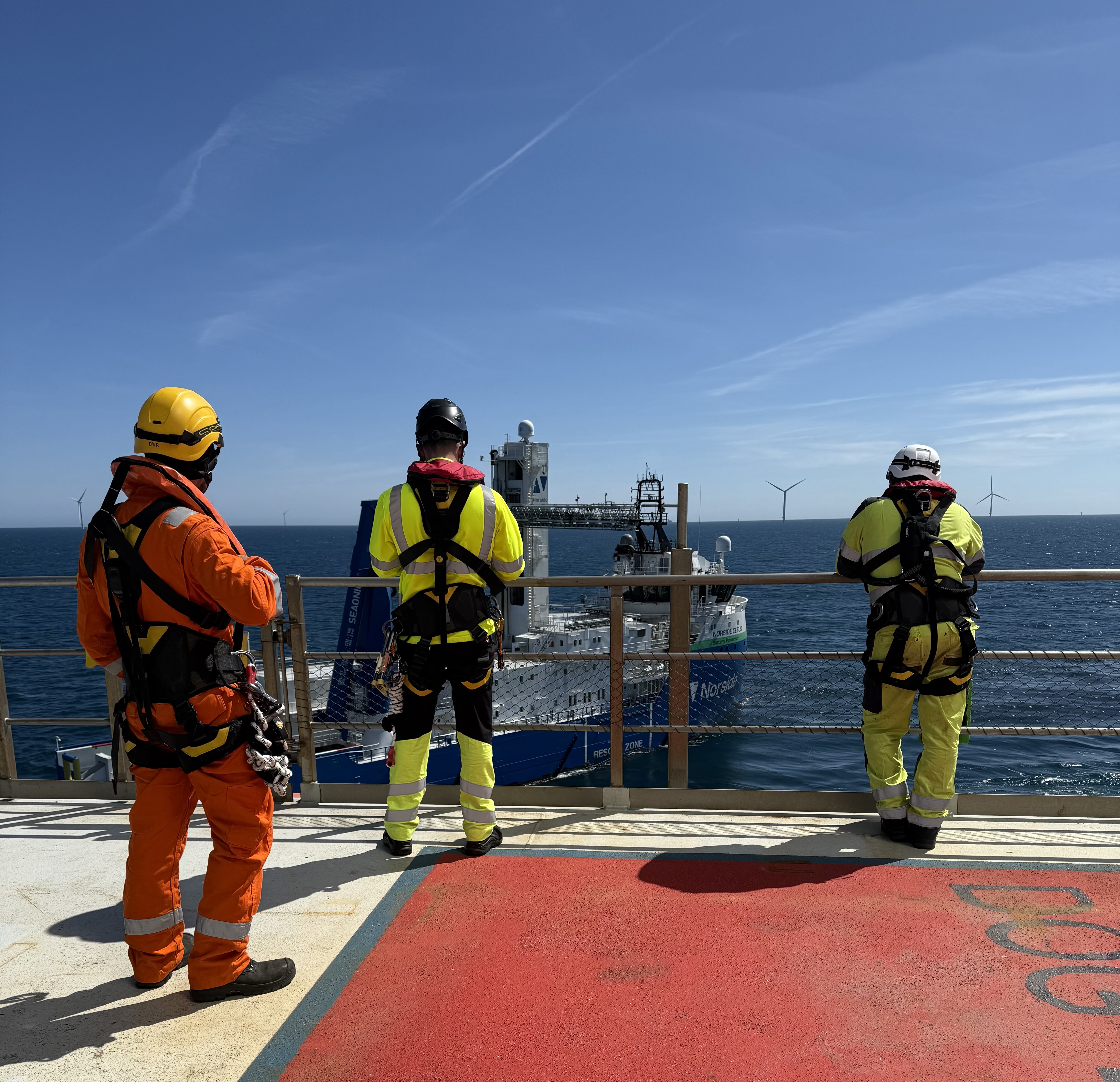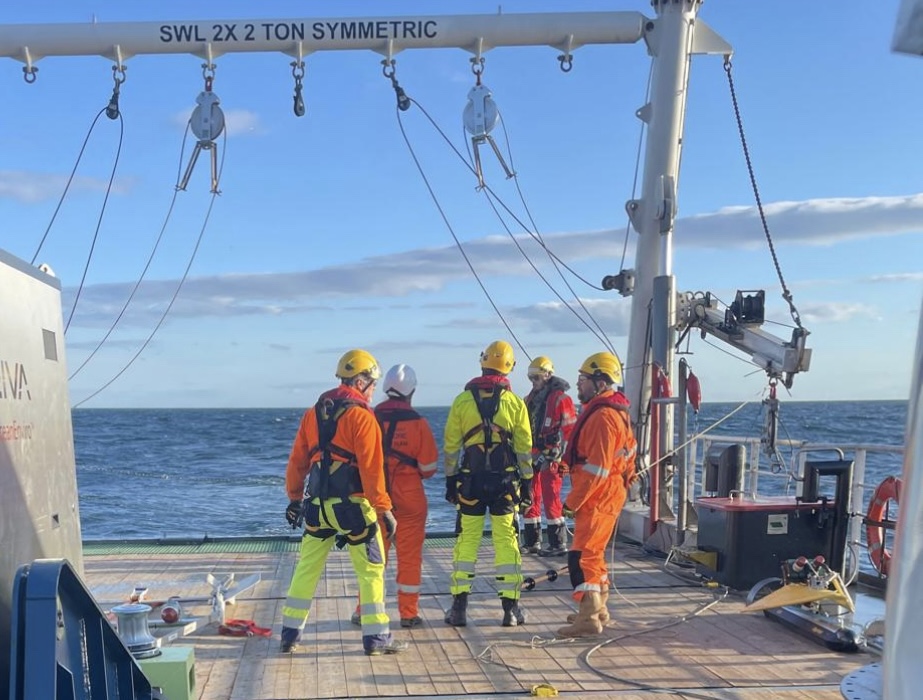The 19% invisible workforce: mental health’s hidden impact on oil & gas operations

The 19% Invisible Workforce: Mental Health’s Hidden Impact on Oil & Gas Operations
Part 3 of The Wake‑Up Series: Urgent Action Required to Tackle the Escalating Offshore Wind Safety Crisis
In oil and gas fields, an invisible crisis is unfolding among the workforce. Even decades old studies suggest that about 19% of oil and gas workers suffer from psychological disorders, including anxiety and depression (Cooper & Sutherland, 1987). Recent industry surveys echo this alarming figure, roughly one in five oilfield employees reports struggles with depression, anxiety, or substance abuse (McEwen, M., 2024). These individuals form a “19% invisible workforce,” carrying their mental health burdens silently amid the rigs and refineries. Yet the costs are manifest in safety incidents, lost productivity, and turnover (Society of Petroleum Engineers, 2024).
The Hidden Toll on Safety and Performance
The oil and gas sector has long focused on physical safety, but psychological health has often been overlooked. The ramifications of this gap are stark. Unmanaged mental health issues can translate into operational risks, as stressed or distracted workers are more prone to accidents (The Law Office of George Escobedo, 2022). Even the suicide rate in oil and gas work is about 54.2 per 100,000, nearly double the average for working men (Joseph, S., 2020). This statistic alone underscores the severe psychological strain inherent in the industry’s high-hazard, high-pressure environments.
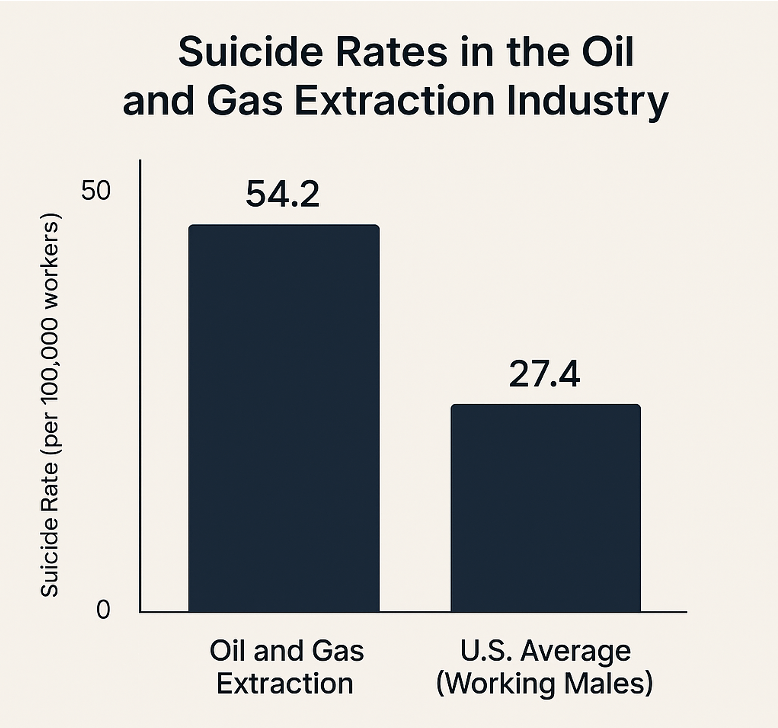
Mental distress doesn’t just affect safety, it also drags down performance. Industry experts estimate that unaddressed mental health issues cost the oil and gas sector around $200 billion per year in lost productivity and turnover of skilled workers (Society of Petroleum Engineers, 2024). A crew working at less than full mental capacity is also operating with reduced safety margins and efficiency. In effect, an oilfield team bogged down by stress or burnout will complete tasks more slowly and with more errors. By contrast, a mentally healthy crew is more alert, communicative, and productive.
Why Oil & Gas Workers are Uniquely Vulnerable
Several features of oil and gas work make employees particularly susceptible to psychological stress. Long work hours and 24/7 rotational schedules are common, especially offshore or at remote sites, leading to chronic fatigue. A North Sea study found that extended rotations (e.g. three weeks on, three weeks off) eroded workers’ well-being and increased fatigue, with only 25% of offshore staff satisfied with their work-life balance. Being isolated in remote environments (whether on a platform or a desert camp) amplifies feelings of loneliness and frustration. Workers endure hazardous conditions where a single mistake can have catastrophic consequences, creating a constant undercurrent of anxiety (McVey, C., 2019).
The industry’s culture has historically been “tough” and male-dominated, which stigmatizes admitting to personal struggles. Many workers hesitate to speak up about stress or depression for fear of being seen as weak or risking their jobs. Little surprise, then, that a Gulf region survey found two-thirds of employees reported poor mental health symptoms, and one-third showed burnout symptoms (Kamel, D., 2023). Being away from family for weeks or months at a time, a routine aspect of operations in regions like the North Sea or Gulf states, contributes to strain on personal relationships and mental health. And the boom-and-bust cycles of oil and gas exacerbate uncertainty: “The volatility of the industry leads to employment uncertainty and financial stress… Layoffs fuel anxiety and depression,” one safety executive observed (Society of Petroleum Engineers, 2024). Taken together, these factors create a perfect storm of psychosocial risk in oil and gas.
Case in point: In one incident, an exhausted offshore technician overlooked a critical alarm and nearly caused a well control incident; investigators later found he had been working 80-hour weeks under extreme stress. This kind of "human error" with hidden psychological roots illustrates how mental health factors can contribute to major accidents. When nearly 40% of surveyed energy workers admit to having had suicidal thoughts while on duty (Safety & Health Practitioner, 2023), it is a clear call to action. The industry cannot afford to ignore the psychological well-being of its people if it hopes to sustain a safe and high-performing operation.
Toward a Culture of Psychological Safety
Addressing this invisible crisis requires a fundamental culture shift – one that treats mental health with the same urgency and openness as physical safety. Workers and managers need to feel safe to speak up about stress or burnout without fear of stigma or career repercussions. Leaders must set the tone. Executives can normalize the topic by explicitly saying that mental well-being is a priority, sharing messages that “it’s okay not to be okay,” and even discussing their own challenges in town halls or safety meetings.
Training is a critical component. Mental health training for managers can equip leaders to recognize warning signs of distress in their teams and respond supportively (Offshore Energies UK, 2019). Many companies are also introducing psychological safety training as part of leadership development, teaching supervisors how to foster trust, encourage speaking up, and respond constructively when team members raise concerns. This directly supports safety outcomes: a crew that feels comfortable reporting a mistake or hazard is far more likely to correct issues before they escalate. As one industry expert noted, the sector needs an open culture where employees can address mental health issues “without fear of negative consequences” (McVey, C., 2019). n practical terms, this might involve establishing peer support groups or incorporating quick mental well-being check-ins into regular safety meetings.
Many companies now offer enhanced support: e.g. confidential counseling hotlines (including via satellite for offshore sites) and resilience coaching programs. These initiatives have shown results – such as reduced sick leave and improved morale – proving that investments in well-being pay off (Offshore Energies UK, 2019). It’s not just a moral issue, but also a business one: if not addressed properly, mental health problems can turn into safety problems in the form of accidents, errors, or even tragic outcomes like suicide (McVey, C., 2019). he good news is that a proactive approach can yield tangible benefits. It is not just a “nice to have”; companies that actively support mental wellness often see stronger engagement, higher productivity, and fewer incidents.
The Regulatory Horizon: Australia’s 2025 Benchmark and Beyond
Regulators are beginning to take notice, setting expectations that employers manage psychosocial risks as rigorously as physical ones. One of the most significant moves is in Australia. In Victoria, new workplace psychosocial hazard regulations will take effect from 1 December 2025. These rules will require employers to identify and control mental health hazards with the same diligence as physical safety hazards (Learning Dimensions Network (LDN), 2023). Practically, that means companies must proactively assess factors like excessive work pressure, bullying, or exposure to trauma, and implement controls (for example, workload adjustments, anti-harassment policies, or counseling support). This bold step effectively codifies what progressive HSE teams have been saying: psychological safety is workplace safety.
Other regions are following suit: several European countries now require stress risk assessments at work, and Gulf states (e.g. the UAE) have launched national well-being strategies (Kamel, D., 2023). Globally, regulators increasingly treat psychological safety as integral to workplace safety. Executives everywhere should anticipate stricter requirements on issues like working hours, mental health resources, and anti-bullying measures. Forward-looking companies aren’t waiting to be compelled by law. By voluntarily adopting emerging best practices for psychosocial risk management (such as the guidelines in ISO 45003), companies not only ensure they are ready for future regulations but also position themselves as employers of choice. In an industry facing talent shortages and an aging workforce, a genuine commitment to worker mental well-being can become a competitive advantage in attracting and retaining skilled personnel.
Immediate Actions: Practical Steps for Executives
For oil and gas leaders, the challenge is to translate awareness into action. Below are key takeaways and steps that executives can implement right away:
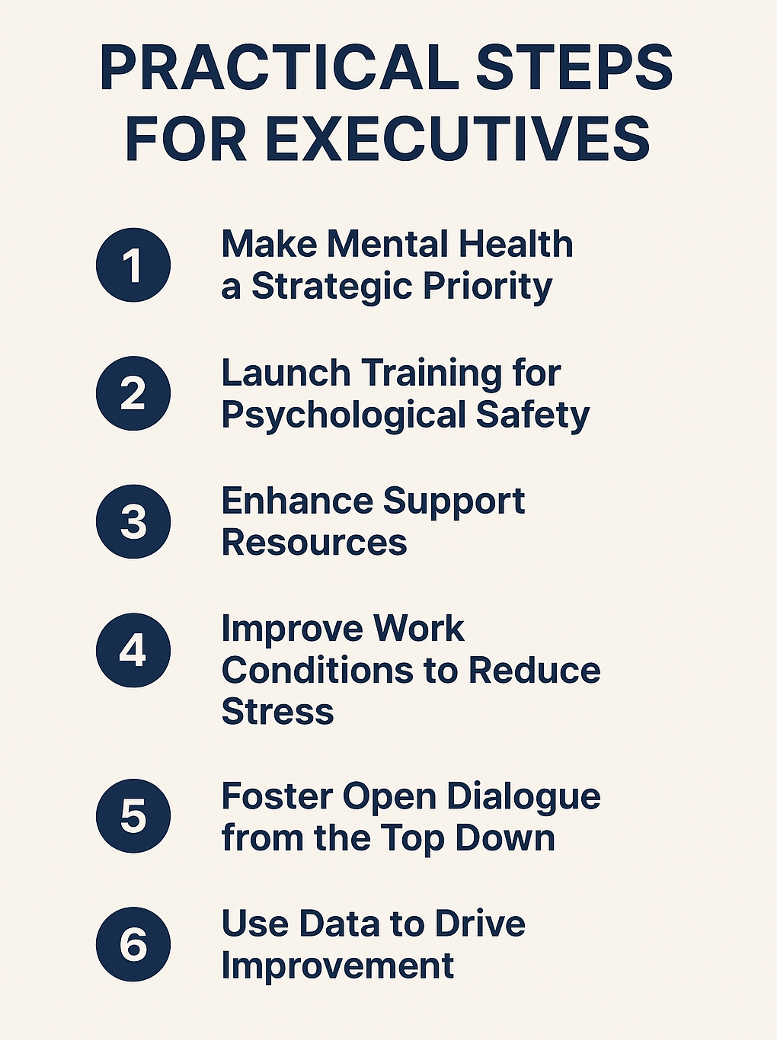
1. Make Mental Health a Strategic Priority: Elevate mental well-being to a board-level concern. Set clear goals (e.g., reducing mental-health-related turnover or absenteeism) and integrate these metrics into regular HSE reports. This sends a clear signal that employee well-being is tied to core business outcomes. Consider including mental health indicators in your performance dashboards alongside injury rates and production targets.
2. Launch Training for Psychological Safety: Provide mental health awareness training for managers and supervisors so they can recognize and respond to signs of distress. Also, implement team-level psychological safety training, helping employees at all levels learn how to communicate openly and support each other. Encourage leaders to solicit feedback and handle mistakes in a blame-free, solutions-focused manner. Even simple practices like including a brief “mental health moment” in safety meetings – inviting team members to share stressors or coping tips – can normalize the topic on the worksite.
3. Enhance Support Resources: Strengthen your support systems for employees. Expand Employee Assistance Programs (EAPs) or partner with mental health professionals to ensure confidential counseling is easily accessible. Promote these resources often to combat stigma (e.g. include the 24/7 helpline in safety communications and on breakroom bulletin boards). At larger facilities, consider training volunteer mental health champions or peer listeners, so workers have approachable points of contact when they’re feeling overwhelmed.
4. Improve Work Conditions to Reduce Stress: Examine operational schedules and workloads through a mental health lens. Where possible, adjust onerous rotation patterns or extremely long shifts to allow for proper rest and family time. Encourage work-life balance by avoiding unnecessary extended shifts and ensuring staffing levels prevent individuals from being stretched too thin. Also, enforce zero tolerance for toxic behaviors like harassment or bullying; a respectful, inclusive workplace is the foundation of psychological safety.
5. Foster Open Dialogue from the Top Down: Lead by example in destigmatizing mental health. Share messages and stories that humanize the issue – a manager or executive might openly discuss coping with stress or seeking counseling, which can validate others’ experiences. Encourage employees to speak up if they are struggling or if they see a coworker in trouble, and thank those who do so. Leaders at all levels should talk about mental well-being as freely as they discuss safety or performance. Normalizing these conversations (for instance, a supervisor describing how they managed a period of anxiety) builds trust and shows that asking for help is not a weakness.
6. Use Data to Drive Improvement: Just as companies track safety statistics, they should track mental health metrics. Conduct regular anonymous surveys to gauge stress levels, workload pressure, and team morale. Monitor EAP usage rates (in aggregate) and look for patterns – for example, if a particular site or department shows higher signs of stress or more frequent counseling use. Using this data, executives can pinpoint hotspots and intervene early. Linking well-being metrics to business outcomes, which (as the McKinsey Health Institute suggests) allows leaders to relentlessly trackprogress, will also help demonstrate the ROI of mental health initiatives.
By taking these steps, oil and gas executives can begin turning mental health from a silent vulnerability into a source of strength. The focus is on performance enhancement, not just problem mitigation. A workforce that feels supported and psychologically safe is more engaged, more attentive, and more ready to perform at its best – which in an industry as high-risk and dynamic as oil and gas, translates directly into fewer incidents and better results.
Conclusion: From Invisible to Invaluable
The 19% invisible workforce (those quietly battling mental health challenges) can no longer remain in the shadows, because their well-being is inextricably linked to the industry’s safety record and operational success. But the data is clear: nearly one in five workers struggling is a crisis demanding executive attention (McEwen, M., 2024). The good news is that tackling this issue creates a win-win: it not only averts disasters and reduces costs, but also boosts morale and productivity.
Forward-thinking companies in Europe, the Middle East, and beyond have already started to treat mental health as the next frontier of safety excellence. Inspired by emerging regulations and guided by a sense of duty, these organizations are proving that caring for employees’ minds enhances, rather than hinders, the bottom line. By investing in mental health training, fostering psychological safety, and embedding well-being into the company culture, industry leaders can transform that once-invisible 19% into an invaluable asset: a safer, more productive workforce that feels supported and empowered to bring their best to work each day.
References
Cooper, C. L., & Sutherland, V. J. (1987). Job stress, mental health, and accidents among offshore workers in the oil and gas extraction industries. Journal of Occupational Medicine, 29(2), 119–125. https://doi.org/10.1097/00043764-198702000-00012
Joseph, S. (2020, February 14). Mining, extraction industries still have highest U.S. suicide rate. Reuters. https://www.reuters.com/article/us-health-suicide-workers-idUSKBN2081TL
Kamel, D. (2023, January 30). GCC countries start prioritising mental health in the workplace. The National News. https://www.thenationalnews.com/uae/2023/01/30/gcc-countries-start-prioritising-mental-health-in-the-workplace/
Learning Dimensions Network. (2023, October 10). Victoria sets date for psychosocial hazards regulations: What employers need to know. LDN Blog. https://learningdimensions.com.au/victoria-sets-date-for-psychosocial-hazards-regulations-what-employers-need-to-know/
McEwen, M. (2024, October 12). Mental health issues in oil industry cost $200 billion annually. Midland Reporter-Telegram. https://www.mrt.com/business/oil/article/Mental-health-issues-in-oil-industry-cost-200-18419769.php
McKinsey Health Institute. (2022). Addressing employee mental health: A global imperative. https://www.mckinsey.com/mhi/our-insights/addressing-employee-mental-health-a-global-imperative
McVey, C. (2019, November 4). Tackling mental health in the oil & gas sector. Lockton Companies. https://global.lockton.com/gb/en/news-insights/tackling-mental-health-in-the-oil-and-gas-sector
National Institute for Occupational Safety and Health. (2020). Occupational suicide rates by industry and occupation — United States, 2016. CDC Morbidity and Mortality Weekly Report (MMWR), 69(3), 57–62. https://www.cdc.gov/mmwr/volumes/69/wr/mm6903a1.htm
Offshore Energies UK. (2019, April 25). Tackling health and wellbeing in oil and gas. https://oeuk.org.uk/tackling-health-and-wellbeing-in-oil-and-gas/
Safety & Health Practitioner. (2023, June 1). New mental health charter to benefit energy industry workers after almost half admitted to suicidal thoughts. SHP Online. https://www.shponline.co.uk/mental-health/new-mental-health-charter-to-benefit-energy-industry-workers-after-almost-half-admitted-to-suicidal-thoughts/
Society of Petroleum Engineers. (2024, October 22). Mental health issues in oil industry cost $200 billion annually. Journal of Petroleum Technology. https://jpt.spe.org/mental-health-issues-in-oil-industry-cost-200-billion-annually
The Law Office of George Escobedo. (2022, April 1). Mental health disorders common in oil and gas workers. George P. Escobedo & Associates. https://www.georgeescobedo.com/blog/2022/april/mental-health-disorders-common-in-oil-and-gas-wo/

